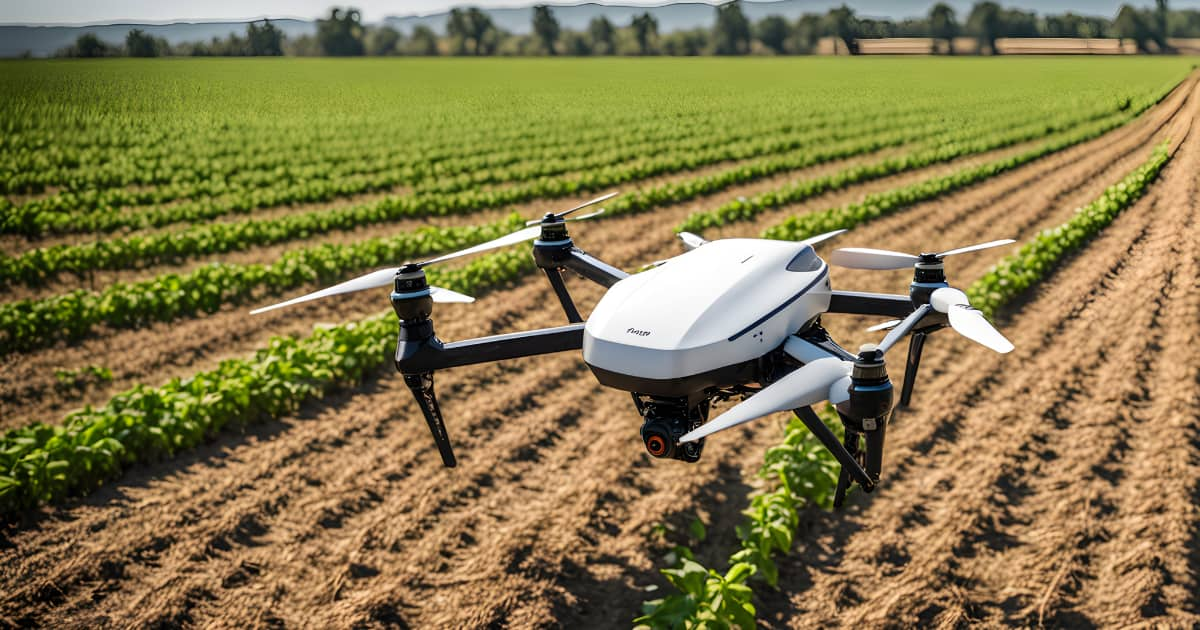AI in transportation, and specifically self driving vehicles, is in the process of being integrated into society. In this article we draw an overview of the roles of AI in self driving vehicles and how people perceive them.
Self driving vehicles represent a fast growing segment in the automotive industry. From 1 bn USD in 2019, AI in the automotive market is expected to exceed 12 bn USD by 20261. Considering the technology development and people’s reluctances, industries need to focus on the benefits of AI in those cars and on the citizens’ real perception of them. Furthermore it should be monitored closely as it should “soon” become widely integrated into our daily life.
The different types of “autonomous” vehicles
First of all, there are different types of “autonomous” vehicles but the word “autonomous” itself is not accurate. As seen in a previous article, it’s the term “automated” that fits better and avoids misunderstandings. In 2019 SAE International has updated the chart J3016 for “Levels of Driving Automation” that contains a scale of 6 levels of “automation”2:
1. no automation
2. driver assistance : assistance without taking control
3. partial automation : the control is partial but the driver is still responsible of the driving
4. conditional automation : the control is more important and is under the attention of the driver
5. high automation : the control can be total but the driver is here and can still regain control of driving
6. full automation : the car is driving alone, without needing any driver or action from a human
Nowadays, most commercialized self driving cars are between level 2 and 3. But, vehicles with higher levels are being tested and those types of vehicles should be more and more seen in the future.
The role of AI in an autonomous car
With such a complex system, one may wonder what is the role of AI in order to assess its potential consequences. It has in fact multiple roles within the car. Indeed, the first and main goal of AI inside an autonomous car is to master the driving execution and to ensure safety, by using detection and measurement systems. Sensors collect data (such as images from cameras, data from radar…) and AI software will analyze it. Here comes for example image recognition algorithms for object detection or road sign recognition. Thanks to this data, it is possible to have a car control system that can fully perform (driving, emergency brake, …)3.
The second role concerns the decision making process and path planning. AI will analyze the path taken by all the cars and will always choose the best one. For example, deep learning is efficient for such roles and reinforcement techniques are efficient for the training of those AI4.
Finally, AI has a role in vehicle monitoring. Using sensors to do predictive maintenance. AI can have a good overview of the health monitoring of the vehicle and prevent failures. Also, AI is good to adapt to a user’s behavior : it can adapt the seat, mirrors, etc depending on the driver.
The roles of AI are various in self-driving vehicles. There are a lot of algorithms used but the common factor is that it is always related to data analysis5.
The general public’s perception of autonomous vehicles
Still, self-driving vehicles raise many questions. What will be the actual public perception about these vehicles? The first French panel on the subject came out recently and we will compare it with other countries’ perceptions. The study was made with 4014 people and is representative of the French population6.
Research and development in self-driving vehicles are very dynamic but opinions are divided. However, in 2020, 6 French out of 10 declared feeling safe about self driving cars and 5 out of 10 trust self driving vehicles.
Although 87% of the respondents have never seen a self-driving vehicle and 97% have never taken one, 4 out of 10 are willing to try one and 3 out of 10 think that they will regularly use it. In the end, 40% of the respondents feel involved about it.
Another study made in 2019 about the perception of 51 countries on the subject7 showed that approximately 44% of the respondents think self-driving vehicles are safe. For 39% it will be safe enough to use in less than 5 years. French people seem to be more confident than average and the same results appear for Northern America and most European countries, including eastern countries. Even if opinions are differing, almost half think that self-driving vehicles are somehow safe.
Also, as shown in another study about the evolution of the Europeans’ perception on self driving and robotized cars8, the more time passes and technology progresses, the more people put trust in it. In 2014 there were 35% of the respondents that would feel comfortable traveling in a driverless car and it rises to 39% in 2017.
The acceptability of self-driving vehicles is rising and represents now a big part of the population. It is good news for the future of this domain. It has to be noted that all of these studies are done at a moment in which there are currently no self-driving cars, and there have not been too many accidents or bad-press on them. It is not entirely impossible that the opinion can be shifted in case of a series of traumatic events.
AI systems to meet the challenges faced by autonomous cars
Technical challenges
Still many technical challenges and issues regarding trust have to be overcome. But industries are working hard on it.
For example, technical challenges can concern real time response, it is necessary to minimize the reaction time of the car to make safe maneuvers9. Or on computational complexity, AI requires specific hardware due to the specificity and the amount of operations it has to carry out ; it’s a challenge to integrate it in a car without draining too much energy from the battery.
Also, the transition to real conditions is a big confrontation10. But, training from experiments in real conditions, giving a lot of data and robustness improvement, will perfect the systems.
Societal challenges
There are also societal challenges : concerning integration on the roads and acceptability, laws and ethics, insurances etc. But technology evolves efficiently and some firms are working on these issues.
For example, Jaguar Land Rover is working on trust issues, aiming to improve them by working on giving virtual eyes to cars so that people can understand cars actions to feel safe about it11. Legal and ethical aspects are also progressing12, states and standardization agencies are addressing these complex points in order to make a step towards true AI integration on those vehicles13.
It is clear that works concerning self-driving vehicles are very dynamic because they are about to become a part of our daily life. AI is a key component in those vehicles as data analysis is really important. Even with the current cutting-edge technologies, most self-driving vehicles are still in experimentation phases. Their issues are progressively being addressed, which helps to improve the opinions concerning those vehicles.
Awareness evolves as technology progresses and people are progressively trusting them and feeling safe about it.
- AI in Automotive Market Size, Share & Trends Report 2032 ↩︎
- SAE J3016 automated-driving graphic ↩︎
- The role of artificial intelligence in autonomous vehicles – Embedded.com ↩︎
- Artificial Intelligence and Autonomous Vehicles | by Suhasini Gadam | DataDrivenInvestor ↩︎
- How AI Is Paving the Way for Autonomous Cars | Machine Design ↩︎
- 1ère édition du baromètre VEDECOM & MACIF : Les Français sont-ils prêts à accepter le véhicule autonome dans leur vie quotidienne ↩︎
- (PDF) Public perceptions of autonomous vehicle safety: An international comparison ↩︎
- European Perceptions of Autonomous and Robotized Cars ↩︎
- Artificial intelligence algorithms and challenges for autonomous vehicles – Embedded.com ↩︎
- Self-driving cars: Can AI make the ‘right’ decisions on the road? – ITU Hub ↩︎
- How do you get people to trust autonomous vehicles? This company is giving them ‘virtual eyes.’ – The Washington Post ↩︎
- Report Autonomous Vehicles | Self-Driving Vehicles Enacted Legislation ↩︎
- Driverless cars and mobility: time to shape future regulation ↩︎







